
Une bibliothèque électronique de documents vous permet de visualiser en ligne nos plaquettes. Vous pouvez également les télécharger au format .pdf.
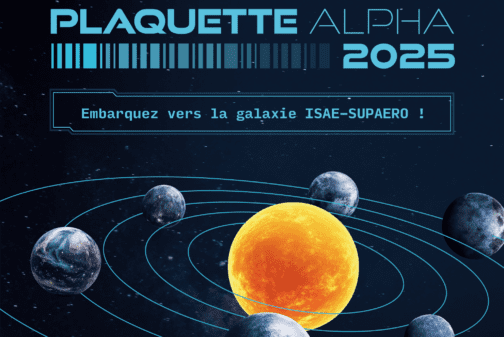
Formation
Plaquette Alpha 2025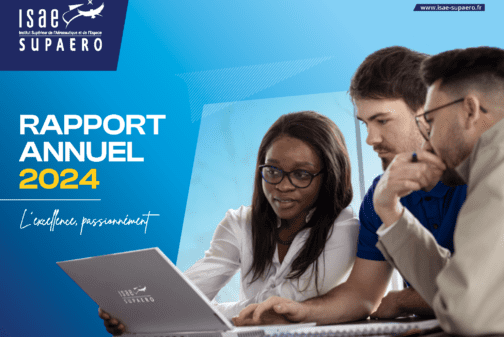
Institut
Rapport annuel 2024
Formation, International
Plaquette Study at ISAE-SUPAERODécouvrez la plaquette Study at ISAE-SUPAERO !

Entreprise, Formation
Plaquette Executive EducationDécouvrez la plaquette des programmes de formation continue de l'ISAE-SUPAERO !
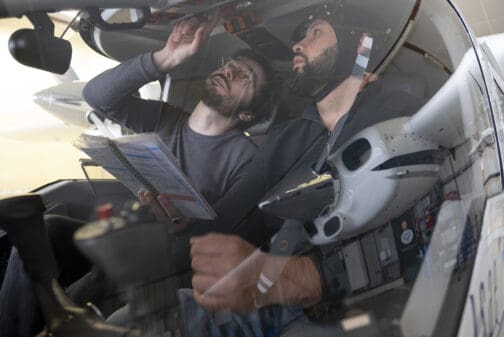
Formation, International
Plaquette formation Mastère Spécialisé®Découvrez la plaquette des 14 programmes de Mastère Spécialisé® l'ISAE-SUPAERO !
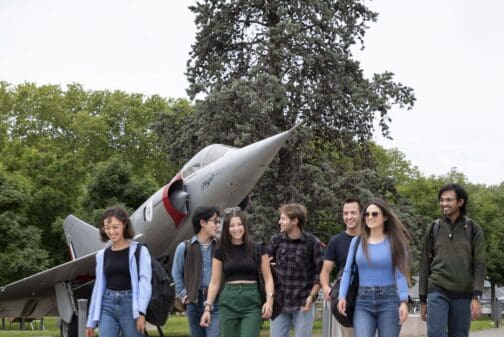
Formation, International
Plaquette formation Master in Aerospace EngineeringDécouvrez la plaquette de la formation Master in Aerospace Engineering de l'ISAE-SUPAERO !
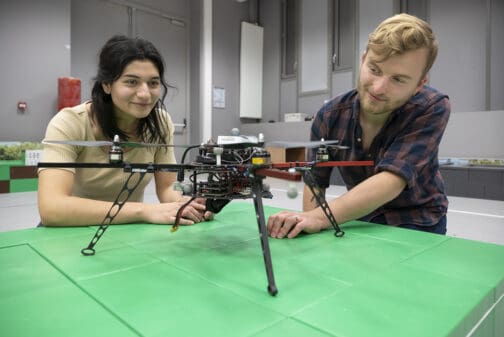
Formation
Plaquette Formation ingénieur de spécialité génie industriel par apprentissageDécouvrez la plaquette de la formation ingénieur de spécialité génie industriel par apprentissage de l'ISAE-SUPAERO !
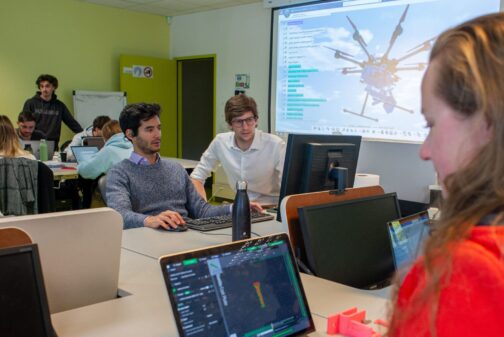
Formation
Plaquette X-SUPAERODécouvrez la plaquette de la formation X-SUPAERO de l'Ecole Polytechnique et de l'ISAE-SUPAERO !
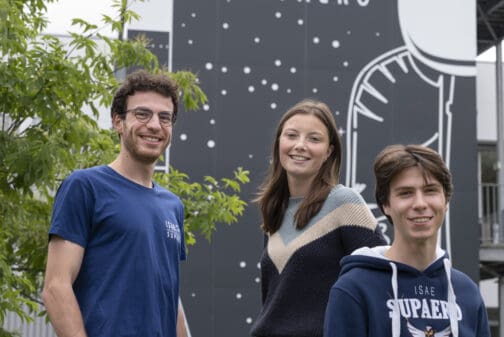
Formation
Plaquette Formation ingénieur généralisteDécouvrez la plaquette de la formation ingénieur généraliste de l'ISAE-SUPAERO !

Institut
Plaquette Groupe ISAEDécouvrez la plaquette du Groupe ISAE, fédérateur des grandes écoles française du domaine de l’ingénierie aéronautique et spatiale : ISAE-SUPAERO, ISAE-ENSMA, ISAE-SUPMECA, ESTACA, ENAC, Ecole de l'Air et de l'Espace !
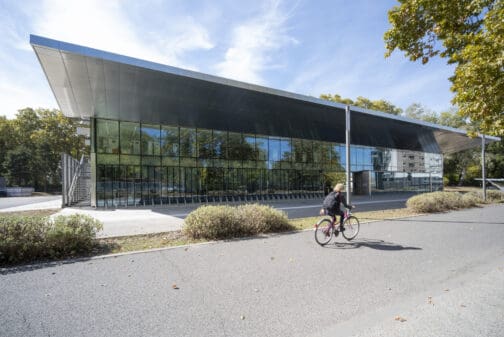
Institut
Rapport annuel 2023Découvrez le rapport annuel de l'ISAE-SUPAERO : rétrospective, temps forts, engagements, piliers, écosystèmes de l'école, on vous dévoile toute notre année 2023 !